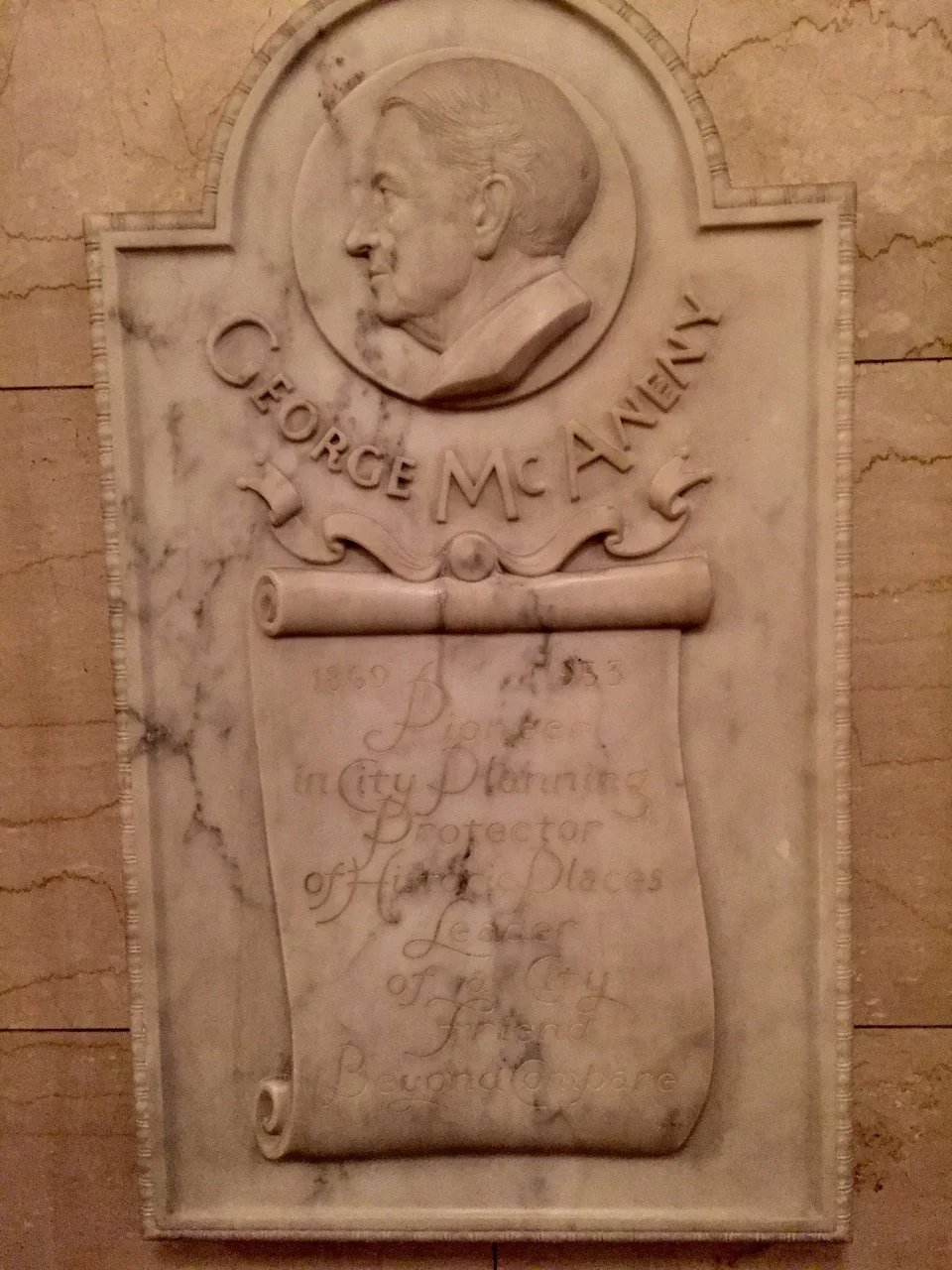The Bank of United States, East European Jews and the Lost World of Immigrant Banking
By Rebecca A. Kobrin
On a particularly cold morning ninety-one years ago this month, the owner of a small candy store in the Bronx went to his branch of the Bank of United States to withdraw some much-needed cash. Over the past two years, the bank had been selling its shares to its depositors throughout New York city to help raise funds, guaranteeing their investment would maintain its value. The Bank promised it would buy back shares at any point. Now, this storeowner was taking them up on it.
Read More“I have shoes to my feet this time”: May Swenson, New York City, and the FWP
By Margaret A. Brucia
Penniless and hungry, her clothes in tatters, May Swenson was an emergency case for the Workers Alliance (WAA) in March 1938. She was fed at St. Barnabas House on Mulberry Street (“Boy, that butterless bread, gravyless potatoes, hashed turnips & salt-less meatloaf tasted swell!”)[1] and then given fifteen dollars to buy new shoes and clothing at S. Klein’s at Union Square and E 14th Street. “Jesus!” was all she could write in her diary.
Read More“Are these not my streets?”: May Swenson, New York City, and the Federal Writers Project
By Margaret A. Brucia
Drawn to New York by her exposure to Lost Generation authors and the work of Alfred Stieglitz and his circle of artists, May Swenson left the security of her loving Mormon family in Utah during the depths of the Great Depression. After struggling to hold a series of low-paying positions, withering prospects for employment threatened her continued existence in New York. By a devious route, May joined the ranks of the Federal Writers Project, plunged into New York’s cauldron of creativity and went on to become a leader in the field of modern poetry.
Read MorePercy Loomis Sperr and the Total Photographic Documentation of New York City, 1924-45
By Susan Smith-Peter
Using crutches because of an early bout with meningitis, Percy Loomis Sperr managed to photograph nearly all of New York City from the 1920s to the 1940s. Sperr sought to document and preserve the city as fully as possible. He was interested in telling the story of New York through the lives and environments of everyday people. This work brought him into contact with important photographers such as Berenice Abbott and, to a lesser extent, Walker Evans. And his work has deeply shaped our vision of this New York City during the Jazz Age and Depression era.
Read MoreAlice Neel: A Painter of Her Time
Reviewed by Jeffrey Escoffier
Alice Neel believed that “art is a form of history.” Born in 1900, she claimed that “I represent the 20th century… I’ve tried to capture the zeitgeist.” Yet her painting bore no resemblance to the vast canvases of iconic scenes from the French revolution by Jacques-Louis David, Anne-Louis Girodot, or Theodore Gericault. Instead, she portrayed the history of the 20th century through individual people — neighbors, friends, artists, celebrities, and political activists — that she knew in New York City, a city which might be considered the capital of the 20th-century — the successor to Paris as “the capital of the 19th-century.”
Read More“Young people are making their voices heard”: From Harlem’s Youth Movement in the 1930s and 1940s to DSA-NYC
By Mary Reynolds
The ongoing press scrum over New York’s 2021 mayoral election has obscured the down-ticket candidates in the June 22 primary races for the City’s fifty-one Council seats. These contests could be better bellwethers for the city’s future, and recall a little-known era of the city’s radical past.
Read MoreFriday, Bloody Friday: David Paul Kuhn's The Hardhat Riot
Reviewed by Steven H. Jaffe
David Paul Kuhn’s The Hardhat Riot: Nixon, New York City, and the Dawn of the White Working-Class Revolution focuses on May 8, 1970, a symbolic date in the exodus of such voters from the “New Deal Coalition.” On that day hundreds of blue-collar workers — many of them construction workers building the World Trade Center — converged in the streets of lower Manhattan, chanting “U—S—A. All the Way!” as they physically attacked students protesting the Vietnam War. Over one hundred students, bystanders, and others were injured in the melee on the streets.
Read MoreA Social History of Creative Work: Shannan Clark’s The Making of the American Creative Class
Reviewed by Emily Holloway
Shannan Clark’s The Making of the American Creative Class is, at first gloss, a rigorously detailed labor history of a particular subset of white-collar workers in the 20th century. Clark’s deliberately narrow sectoral focus — industrial design, print media, and advertising — also incorporates the complexities of cultural production under specific intellectual and political conditions. Rich with a detailed accounting of both the internal political strife within white-collar unions and the pervasive anticommunist anxiety of postwar America, Clark recovers a set of significant accomplishments among white-collar labor activists in mass culture.
Read MoreRemembering George McAneny: The Reformer, Planner, and Preservationist Who Shaped Modern New York
By Charles Starks
The power to shape the built environment on a metropolitan scale is inevitably shared, contested, and compromised, especially in a city-region as large, diverse, and fragmented as New York has been for the last two centuries. Despite the fervent wishes of more than a few of its leading citizens, the city has never been friendly ground for would-be visionaries seeking to brusquely mold the city’s form to suit their wills—the tech mogul Jeff Bezos being only the latest to find himself chagrined by Gotham’s aversion to imperious planners.
Read More


